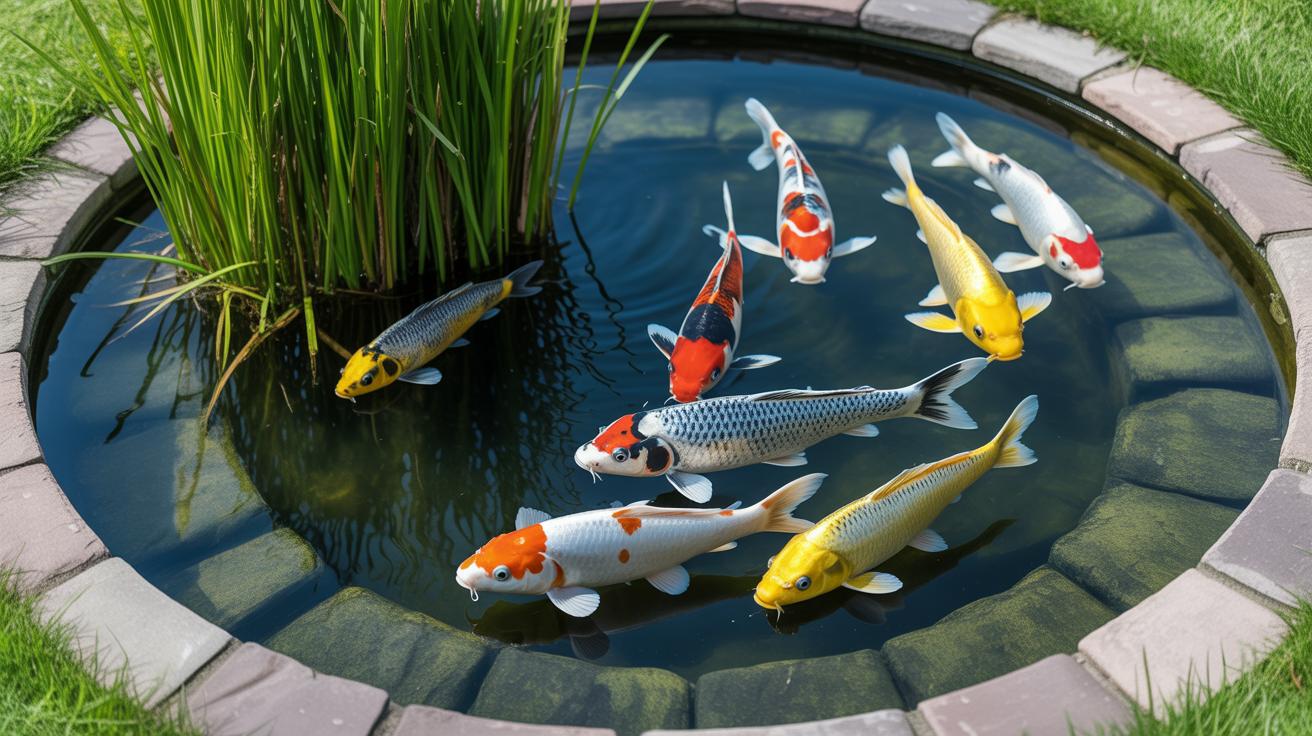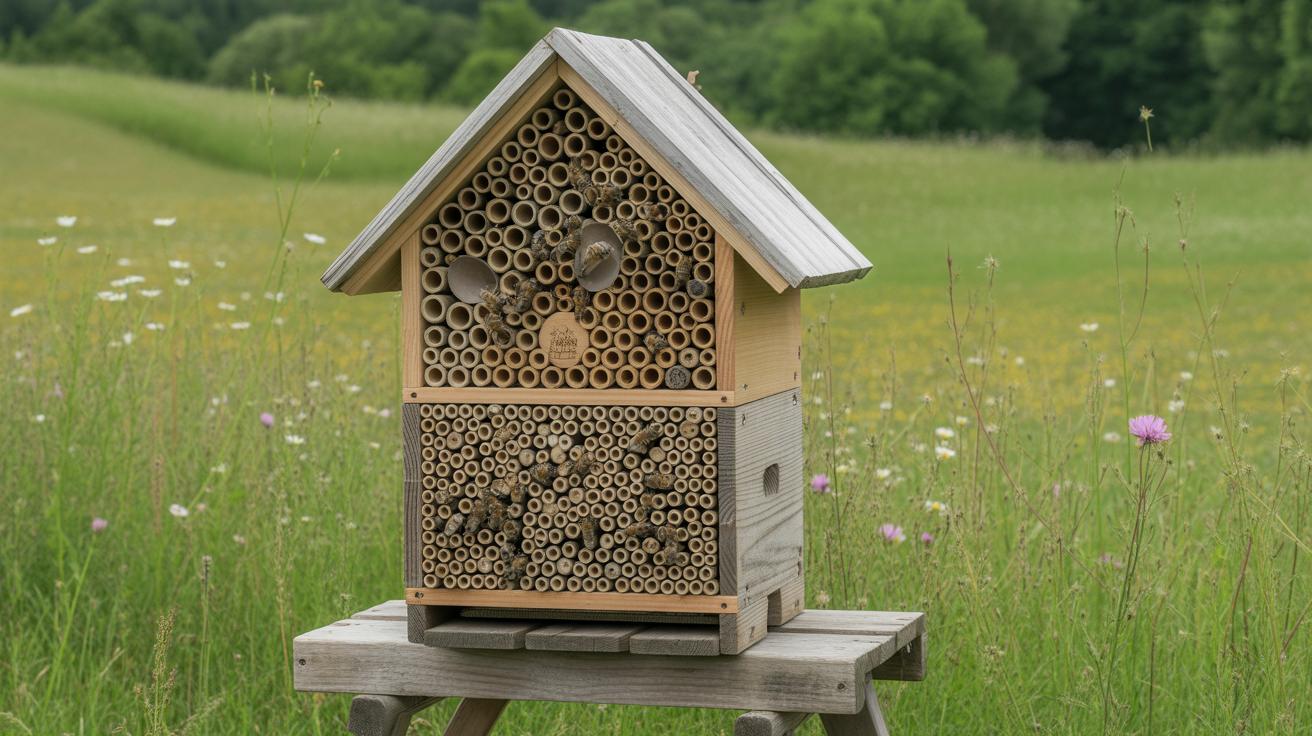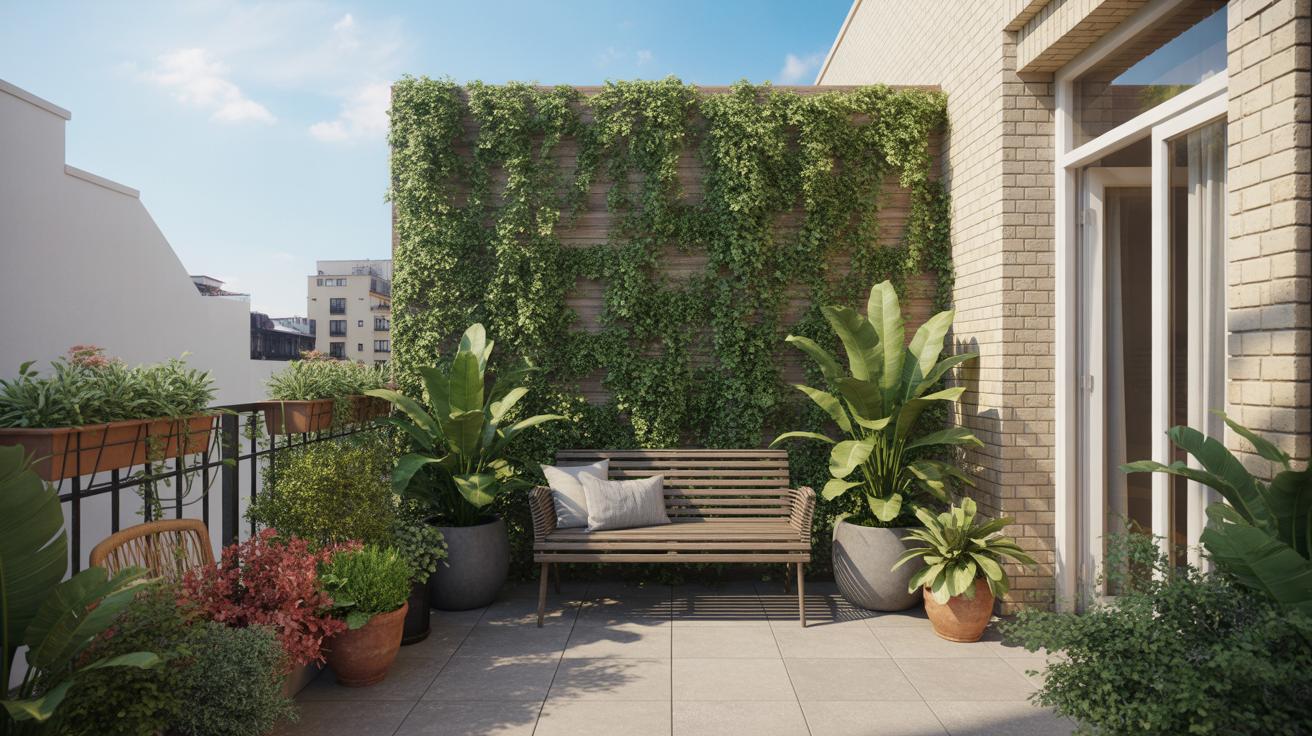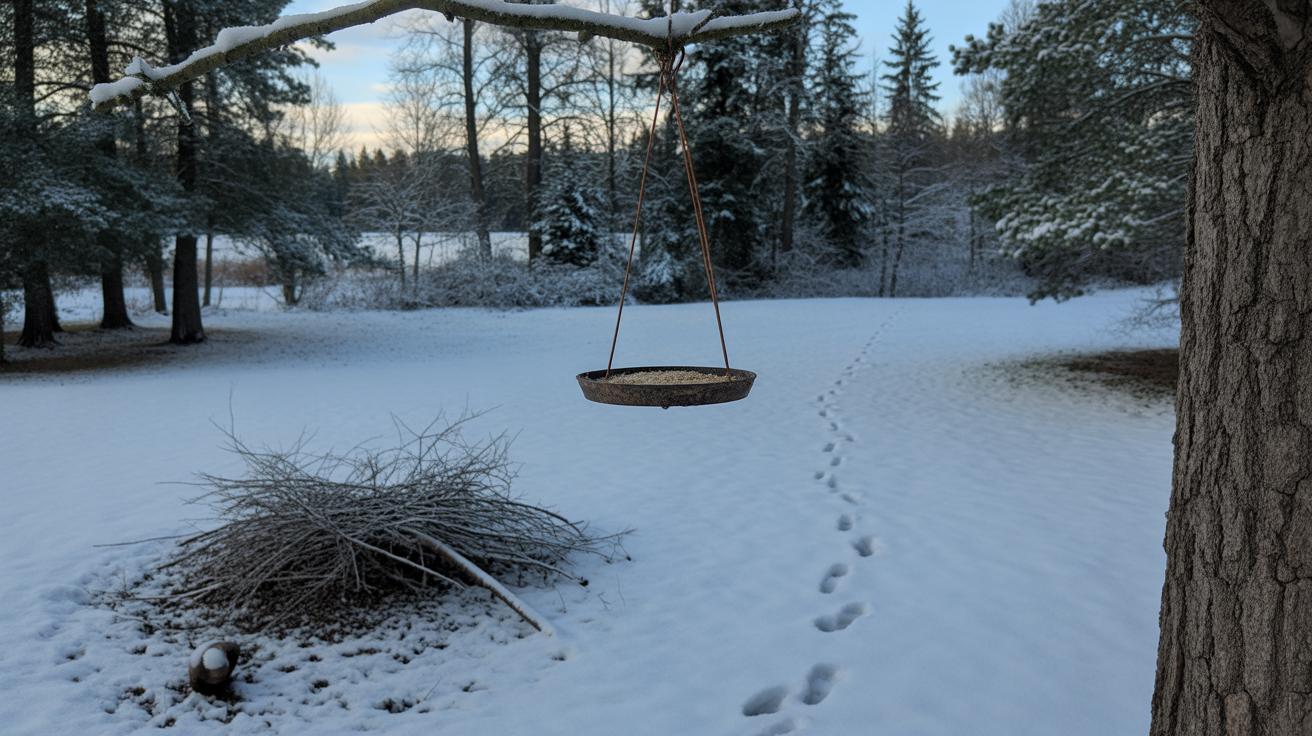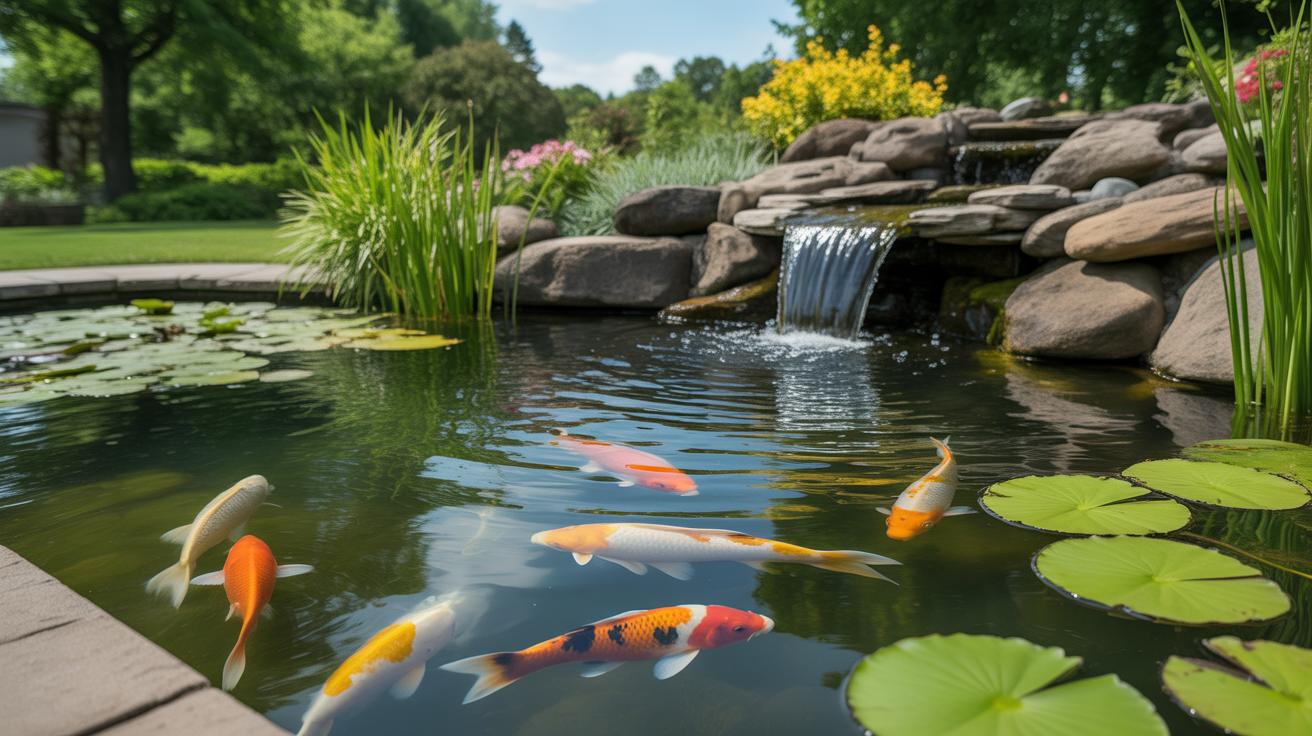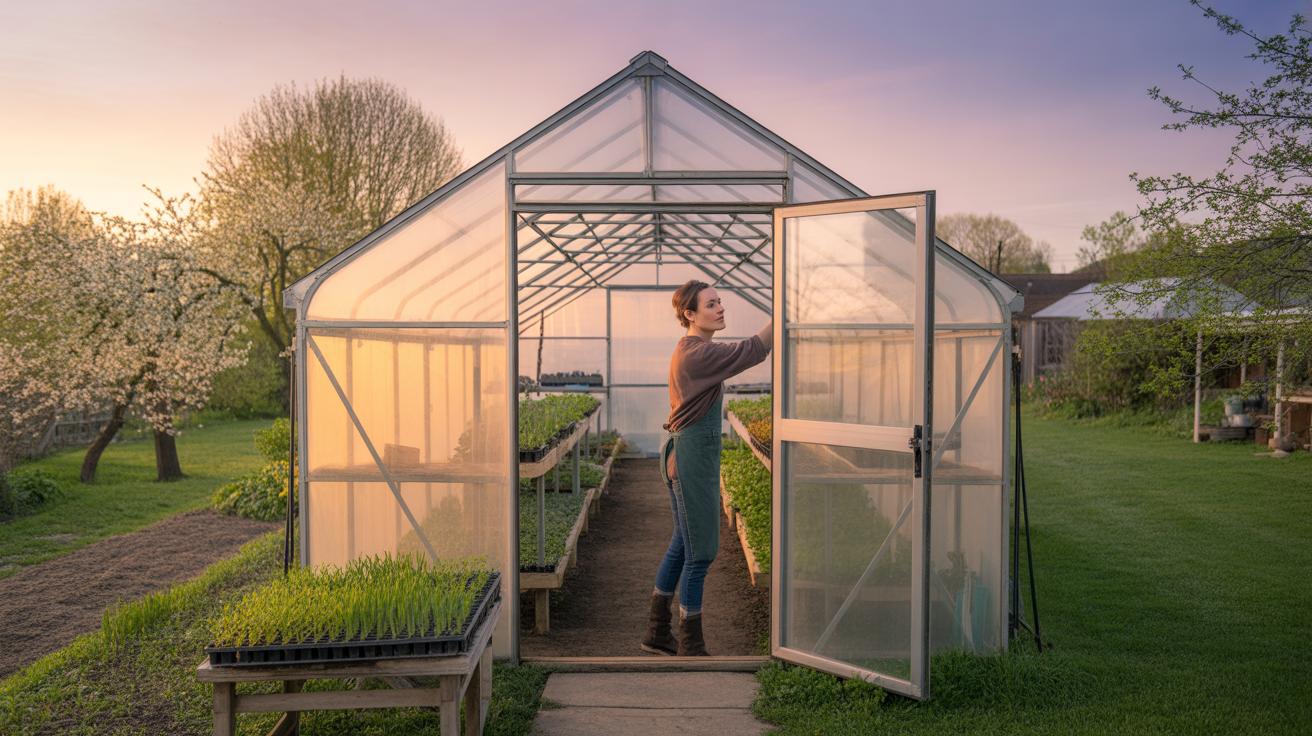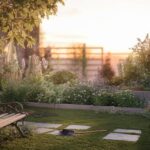Introduction
Stunning Aquatic Designs For Fish Pond Gardens At Home offer a unique way to enhance your outdoor space. A fish pond garden mixes nature and beauty, giving you a peaceful spot for relaxation. Adding fish, water plants, and decorations creates a lively ecosystem that you can enjoy every day.
This article explores how to build and care for your own fish pond garden. We’ll cover planning, choosing fish and plants, and keeping your pond healthy. With clear steps and helpful tips, your garden will become a green retreat full of life.
Planning Your Fish Pond Garden
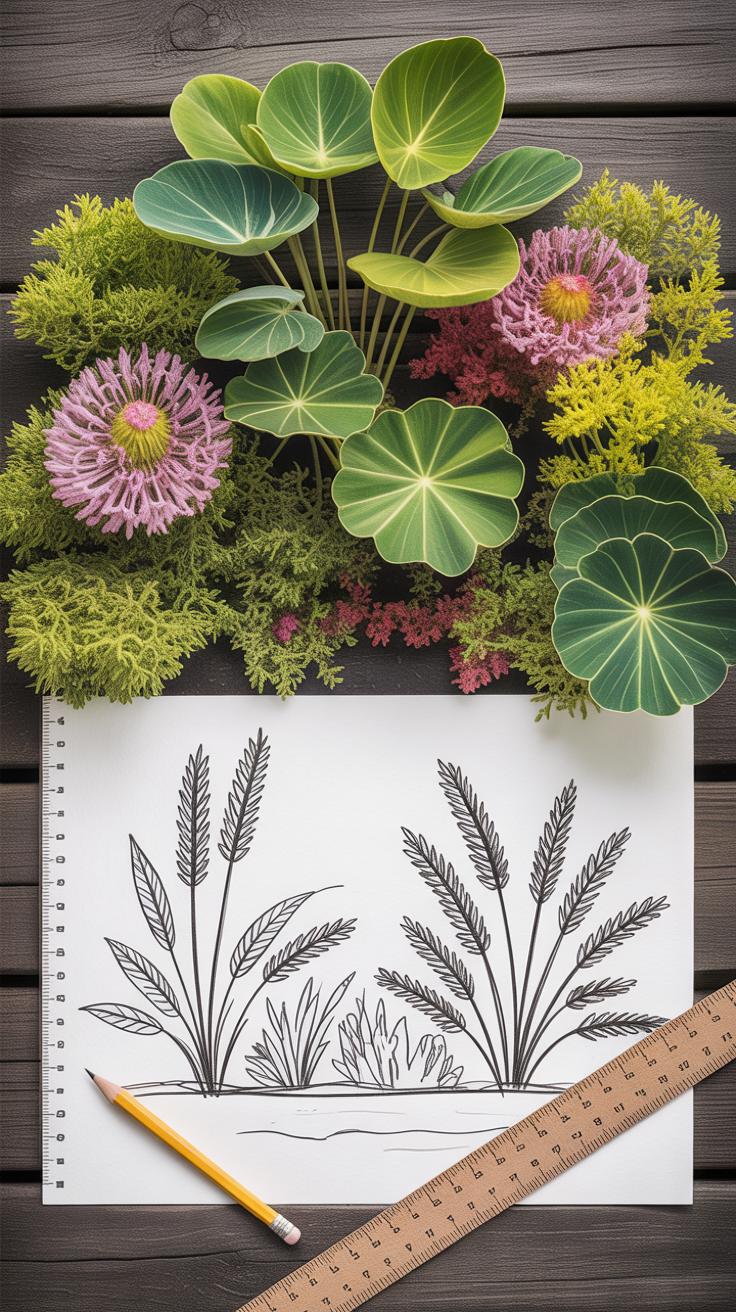
Choosing the Location and Size
Finding the right spot for your fish pond garden is a bit like solving a puzzle—space, sunlight, and access all play a part. You want a place that gets enough sun, but not too much. Around four to six hours of sunlight daily works best. Too much direct sun can heat the water and encourage algae, which your fish won’t like. Too little sun, though, and plants may not thrive, leaving the pond feeling dull.
Think about where you’ll spend most of your garden time. A pond tucked away in a corner might feel peaceful, but if it’s hard to reach, it could become more of a chore than a joy. Easy access makes feeding fish, cleaning, and maintenance manageable. Sometimes the perfect spot isn’t obvious until you’ve watched the garden through a day or two—how shadows move, what areas stay dry, or where visitors naturally gather.
Designing for Your Garden Style
Once you’ve settled on location and size, the pond’s shape should blend with your garden’s character. For example, a formal garden with straight lines and symmetry suits a rectangular or oval pond. Curving edges and naturalistic shapes work better in a cottage or wild garden. You might want to include features like small waterfalls or stone borders. These enhance the look but also create sheltered spots for fish and plants.
Sometimes it’s tempting to overcomplicate the design. I’ve seen ponds crowd small spaces, which can feel overwhelming rather than relaxing. A simpler design tuned to the existing garden creates harmony and invites you to linger. Don’t hesitate to sketch a few shapes or make a small mockup to see what feels right. You’ll likely tweak it as you go along—that’s part of the fun.
Selecting Fish for Your Pond
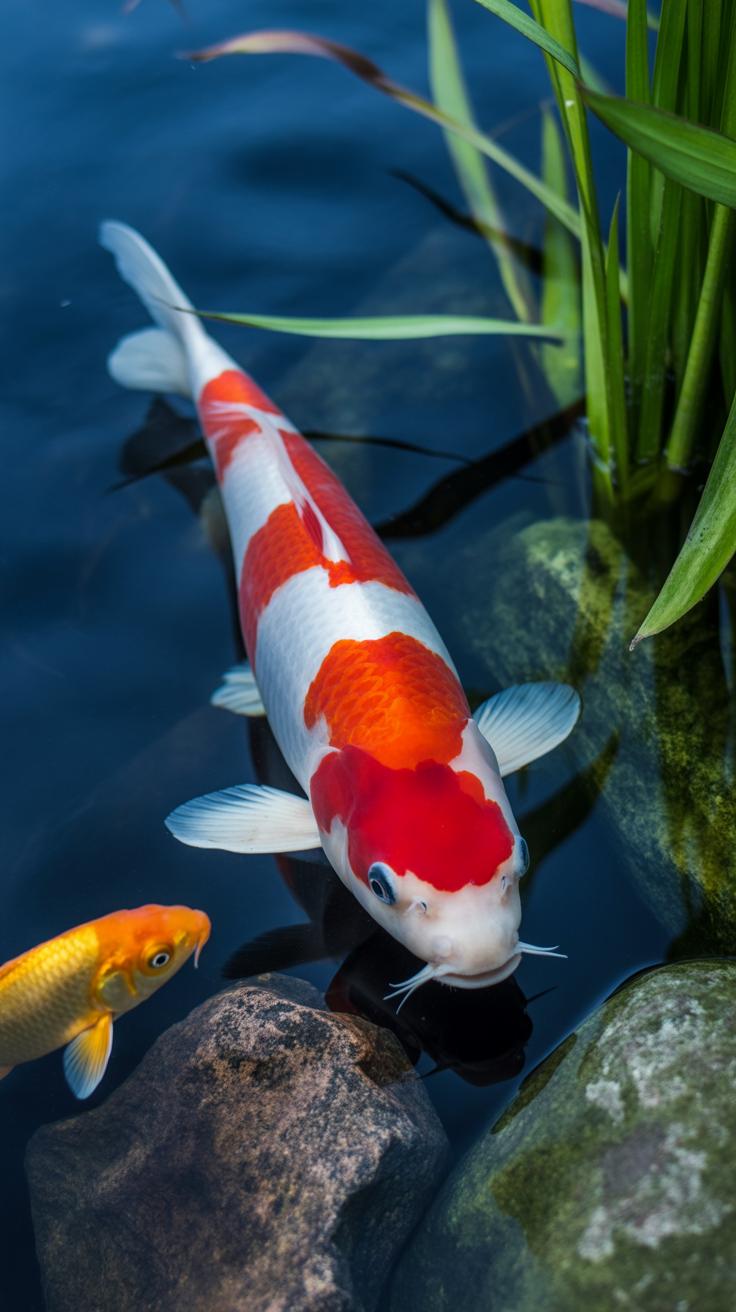
Popular Pond Fish Options
When choosing fish for your garden pond, koi and goldfish are the usual suspects. Koi are larger and more colorful, often growing up to two feet long if the pond is deep enough. They bring movement and life to the water, but they also need more space and care than smaller fish. Goldfish, on the other hand, are hardier and more adaptable to different pond sizes. They come in various colors, from bright orange to red and white, creating visual interest without demanding as much attention. Other fish worth considering include shubunkins, which are similar to goldfish but with speckled patterns, and mosquito fish, which can help reduce insect larvae.
Fish Care Basics
Feeding your pond fish is straightforward but requires consistency—feed them small amounts a couple of times a day, only what they can eat in a few minutes. Overfeeding can cloud the water and harm fish health. Water quality matters a lot; fish need oxygen-rich, clean water with stable temperature and pH levels around neutral. Checking these regularly, especially in summer or winter, helps prevent stress and disease. You might notice fish behaving oddly—like gasping at the surface or hiding—this usually signals a problem worth looking into. Keeping the pond balanced with good filtration and some shade makes a big difference. Like any pet, these fish benefit from some attention and observation, but don’t feel overwhelmed—it’s mostly routine once you get the hang of it.
Choosing Aquatic Plants
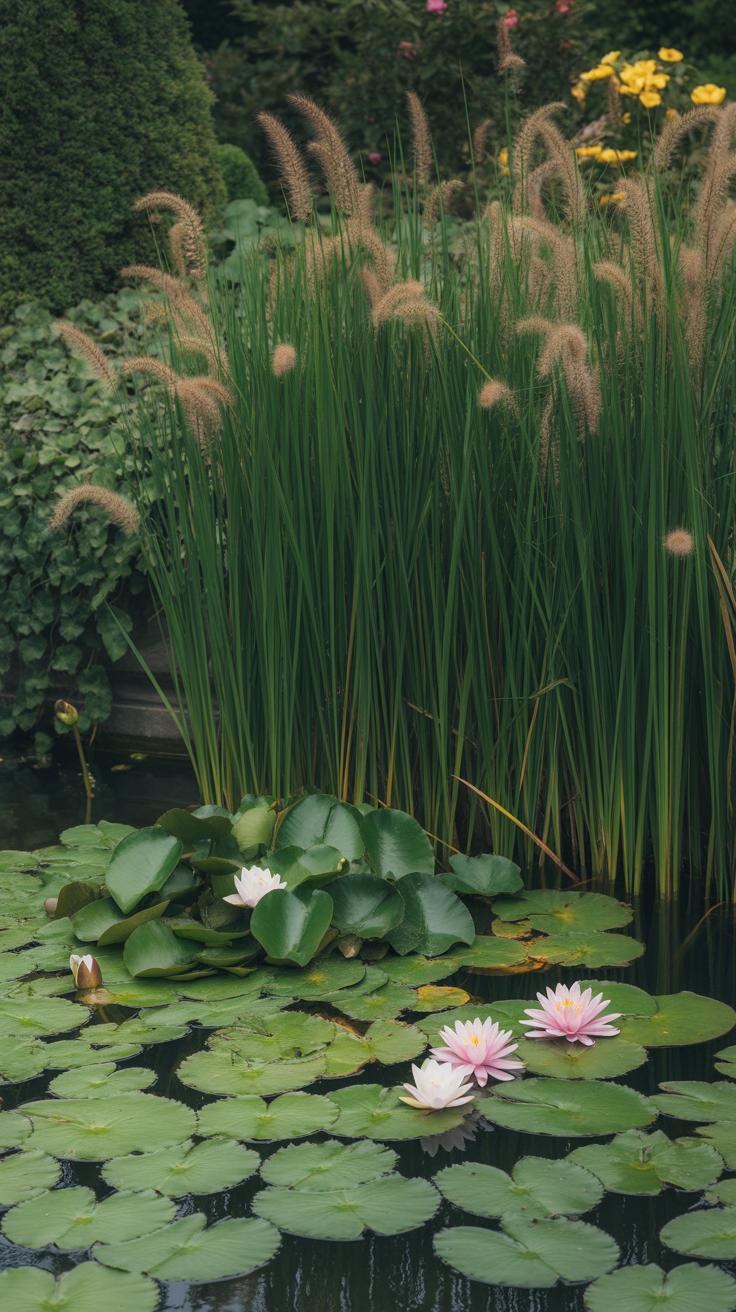
Plants That Clean and Decorate
Aquatic plants play a key role in fish pond gardens, both in keeping the water balanced and creating a visually pleasing environment. Some plants act like natural filters, absorbing excess nutrients that fish produce, which helps reduce algae growth. For example, water lilies not only provide shade but also lower water temperature and limit algae. Similarly, hornwort and anacharis grow quickly and soak up nitrates, clearing the water.
Other plants add texture and color. Pickerel weed or water hyacinth have bright flowers that contrast with the pond’s green backdrop. Submerged plants like elodea add a subtle but dense underwater layer, giving fish hiding spots. Combining floating, marginal, and submerged plants creates a natural-looking balance that’s more than just pretty—it’s functional.
Planting and Maintenance Tips
When planting, think about depth. Marginal plants prefer shallow edges, while submerged species need to be fully underwater. Use heavy aquatic soil or gravel to anchor roots firmly; regular garden dirt tends to cloud the water. And while it’s tempting to fill the pond quickly, planting in stages often works better—letting you see how plants settle and interact with your fish.
Seasonal care shifts, too. Spring is for planting and trimming dead growth, summer may need thinning or dividing plants, especially fast growers like duckweed. Fall calls for cutting back before winter, but some hardy species survive beneath the ice if your climate allows. It’s not exact science—sometimes trial and error helps. Are your plants taking over? Or barely surviving? Adjust and watch closely. It’s part of the learning curve.
Building the Pond Structure
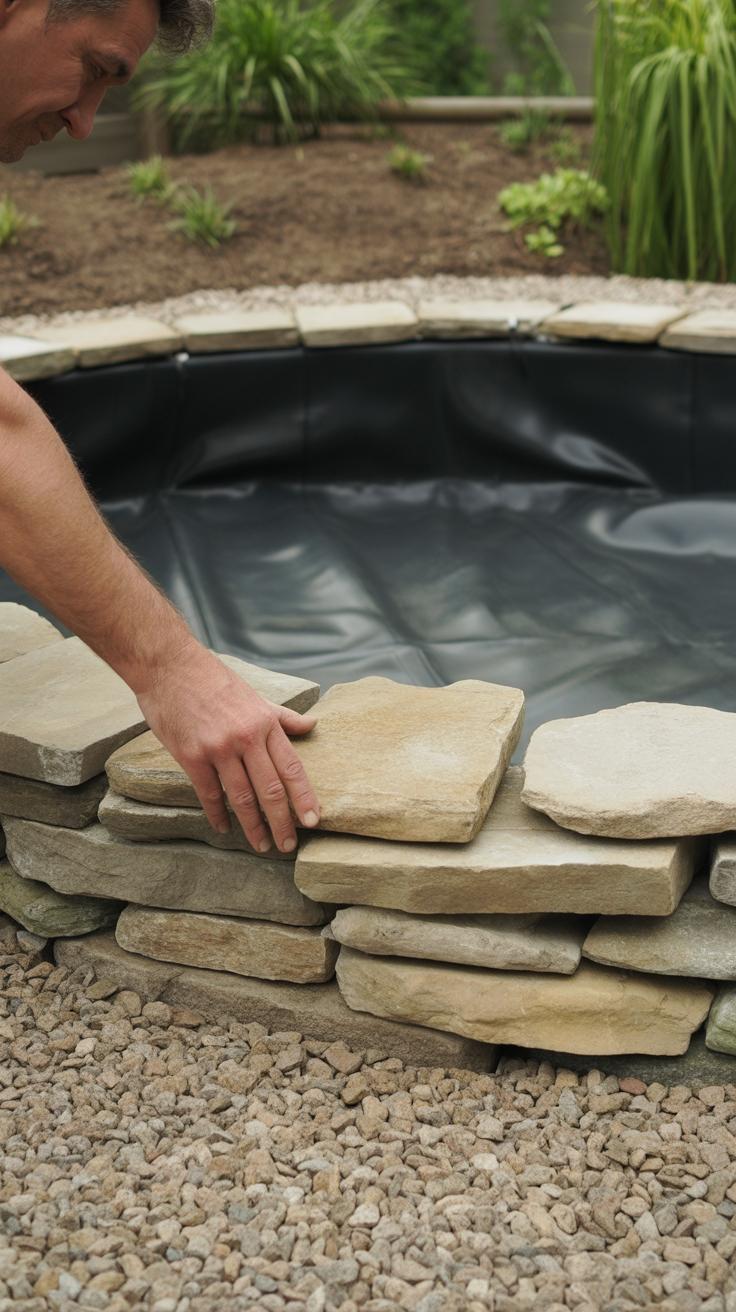
Excavation and Pond Shape
Start by marking your pond’s outline on the ground, maybe with rope or spray paint. Think about the size and shape carefully—should it be round, kidney-shaped, or more natural with curves? Digging follows this guide, but pay attention to different depths; shallow edges for plants, deeper spots for fish to hide or overwinter. You’ll want at least a couple of feet of variation, but that depends on your local climate and fish species.
Excavation isn’t just about depth. Slope the sides gently to prevent soil collapse and make planting easier. Often, people underestimate the effort here—digging takes time, and tougher soils can surprise you. Maybe enlist help or rent a small excavator for larger projects.
Installing Liners and Edging
Once dug, clean the hole of sharp stones or roots that could puncture the liner. Then lay down an underlay facer, something soft to cushion the liner from below. The liner is key; it holds water in place. Flexible PVC or EPDM rubber liners are common. They’re durable but can be tricky to shape perfectly—don’t rush.
After the liner is in, start folding and smoothing it along edges. You’ll have extra material—don’t cut it just yet. Secure the perimeter by burying the liner edges under soil or heavy stones to keep them from slipping. Finishing the edges well makes a huge difference visually and practically.
For edging, natural stones, flagstones, or even wooden planks work nicely. The goal is to create a natural transition from pond to garden without leaving the liner exposed. It’s tempting to pile rocks quickly, but arranging them thoughtfully will avoid accidental liner damage and improve overall look. I found that stepping back frequently to check the view helps guide placement.
Water Quality and Filtration
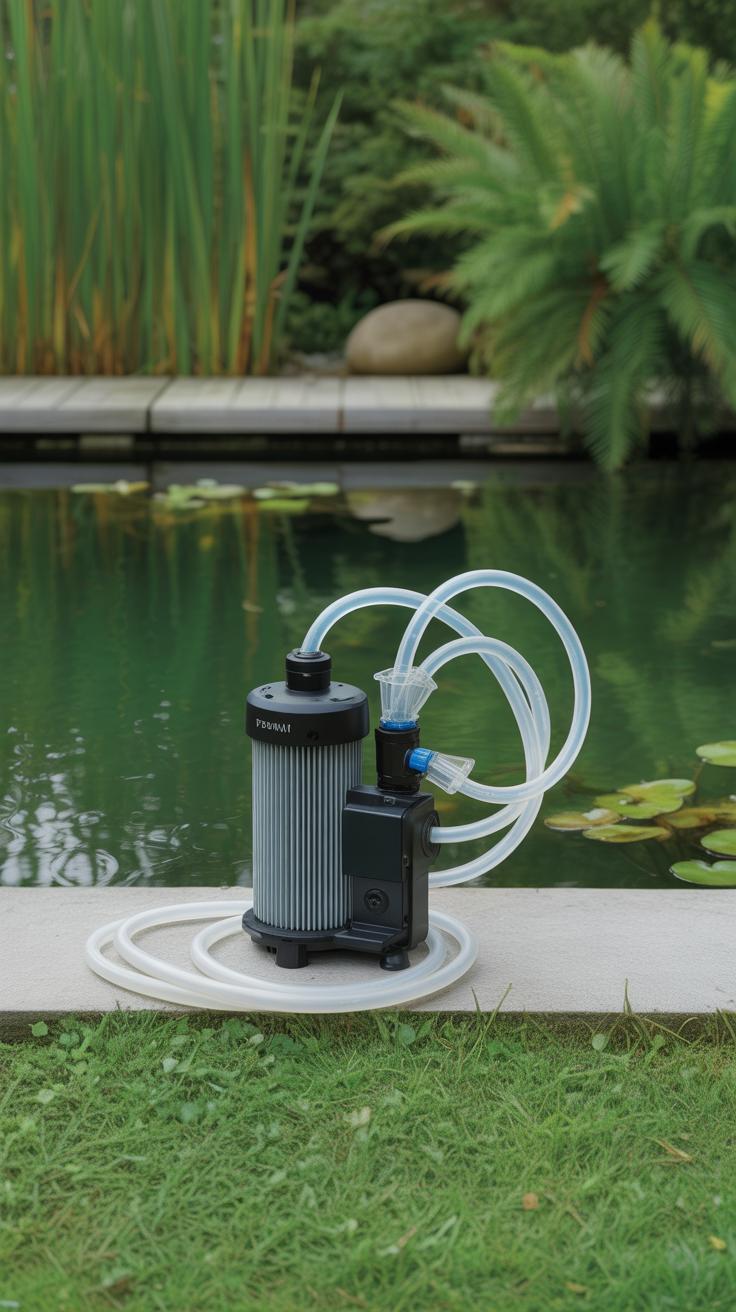
Keeping the water clean in your fish pond is central to the health of your aquatic friends. Fish rely on oxygen-rich, clear water, free from harmful chemicals or excess waste. Without proper care, water can quickly turn toxic, stressing the fish and inviting diseases. So, how do you keep it clean? Using filters and pumps plays a huge role.
Filters remove debris, uneaten food, and fish waste before it breaks down and pollutes the water. Pumps keep water moving, preventing stagnation and helping oxygenate the pond. Both work together to maintain balance.
But water quality depends on more than just equipment. Temperature, sunlight exposure, fish population, and plants all affect it. You may notice signs of poor conditions like cloudy water, unpleasant smells, or fish gasping at the surface. Spotting these early saves trouble later.
When setting up, pick a filter suitable for your pond’s size and fish load. Installation usually involves placing the pump at the pond’s bottom to draw water into the filter, which then returns clean water. Positioning matters; too close to plants or fish can disrupt habitats.
- Choose mechanical filters to trap particles and biological filters to support beneficial bacteria
- Match pump flow rate to the pond volume—about a full turnover every hour
- Regularly clean and maintain filters to avoid clogging and system failure
Sometimes, you might find yourself wondering if your setup is enough. Or maybe it feels like an ongoing battle with water clarity. That’s normal. Water quality can be tricky, but paying attention to these details makes a big difference. After all, your fish can’t exactly tell you when they’re uncomfortable, so you have to look for clues.
Keeping Your Fish Pond Healthy
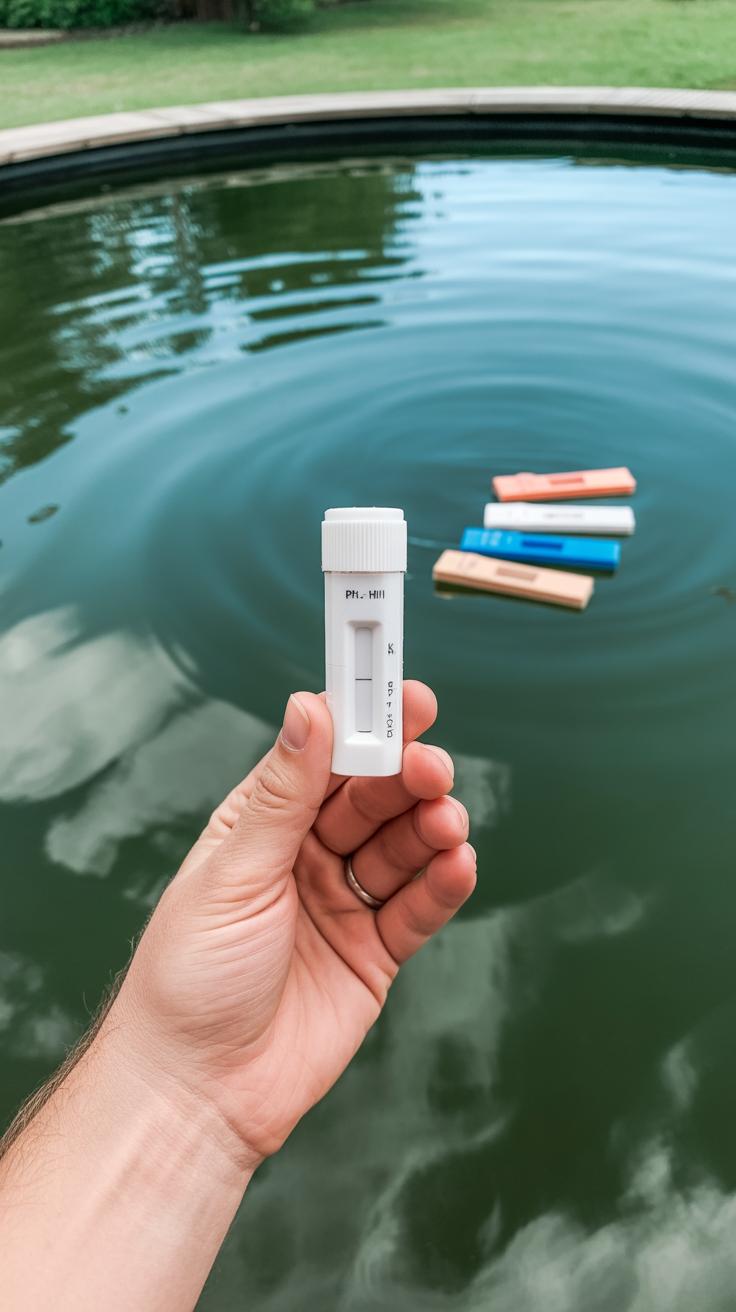
Routine Cleaning Practices
Staying on top of pond maintenance isn’t always fun, but it really pays off. Clearing out leaves, twigs, and other debris regularly keeps the water clearer and prevents buildup that could harm your fish. I find that a simple net works best—you don’t need fancy tools for this part.
Checking your equipment often makes a big difference. Pumps, filters, and aerators can clog or fail without warning, so scanning for unusual noises or drops in water flow can save a headache later. Maybe once a week is enough, but if your pond is big or near trees, you might want to look more often.
Aside from that, trimming back overgrown plants around the edges helps keep excess organic matter out. It’s a small step I sometimes forget, but when neglected, it really shows in water quality. You could try setting a routine—at least monthly—to inspect and tidy things up.
Preventing and Treating Issues
Spotting signs of trouble early helps prevent bigger problems. Fish acting sluggish, spots or sores on their bodies, or unusual behavior might point to disease. If you notice this, isolating the sick fish and checking water conditions should be your first move.
Algae control is tricky. A little algae isn’t bad—it’s part of a balanced pond—but too much? That’s where problems start. Instead of harsh chemicals, think about natural methods like adding floating plants to compete for nutrients or using barley straw, which some say helps slow algae growth.
Sometimes pests like snails or mosquito larvae pop up. You might try manual removal or introducing natural predators, depending on your setup.
Do you ever wonder how often is too often when cleaning, or when intervention crosses a line? I do. Sometimes patience in letting the ecosystem balance itself feels right, other times stepping in feels urgent. It’s a fine line—and often a trial to find your pond’s rhythm.
Enhancing Your Pond with Features
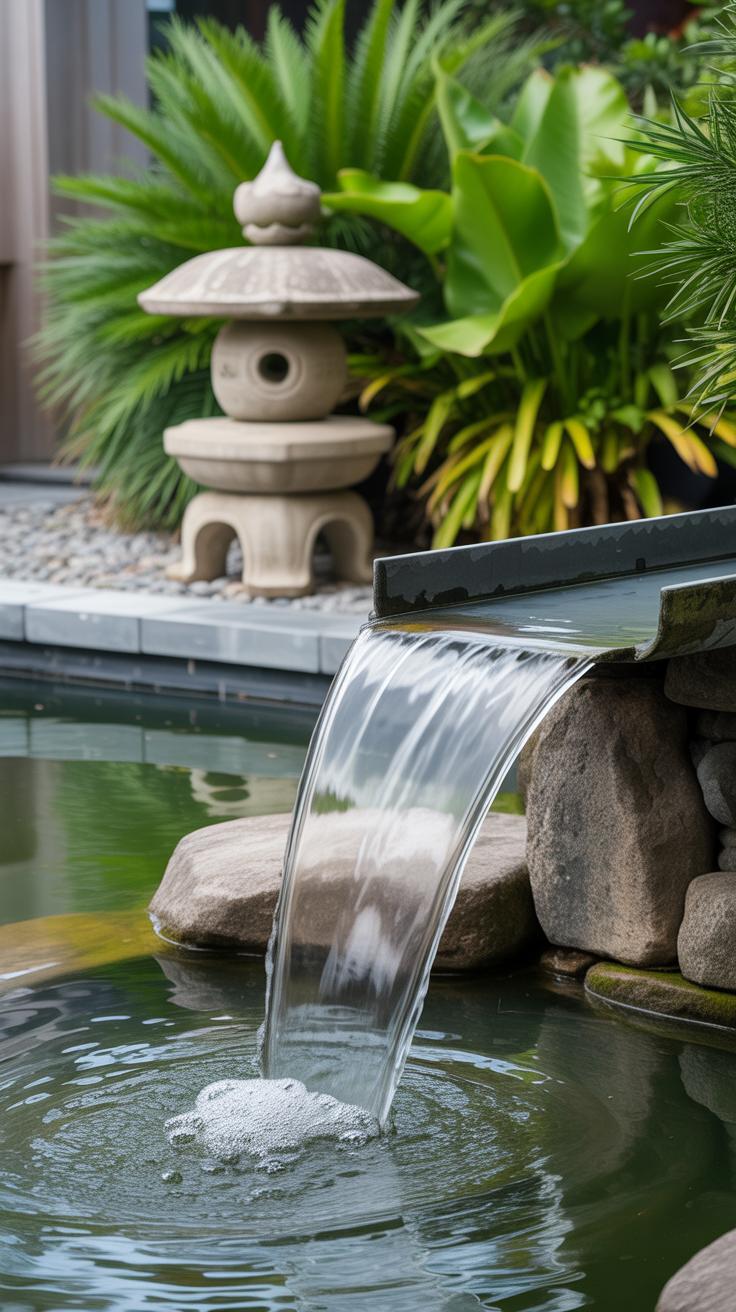
When you start thinking beyond just the pond itself, the possibilities for enhancing your water garden open up quite a bit. Adding features like subtle lighting or gentle fountains can change the entire feel of the space. Lighting doesn’t only highlight your pond after dusk but actually helps create depth and layers. You might place underwater LEDs to emphasize fish movements or spotlights focused on rocks or plants. Softly glowing lights can also encourage evening visits, making your fish pond a little sanctuary for quiet reflection.
Fountains and waterfalls do more than just look nice—they keep the water moving, which is good for the fish and overall pond health. Moving water discourages stagnant patches, reducing algae buildup naturally. A small waterfall cascading over stones offers soothing sound and can become the focal point of your garden, drawing you in with its rhythm. Experimenting with flow rates and placement might take time, but you’ll probably find it adds a calming effect that’s hard to replicate otherwise.
Speaking of stones, rocks bring an organic touch and serve practical purposes. They frame the pond edges, hide pipes or filters, and provide hiding spots for fish. Combining natural materials like driftwood, stones, and native plants helps sustain a balanced ecosystem. Plants, especially, play a role beyond decoration—they absorb excess nutrients, shade the water, and offer shelter. It’s all interconnected; these elements don’t just coexist, they support pond health in quiet, ongoing ways.
Supporting Wildlife in Your Pond Garden
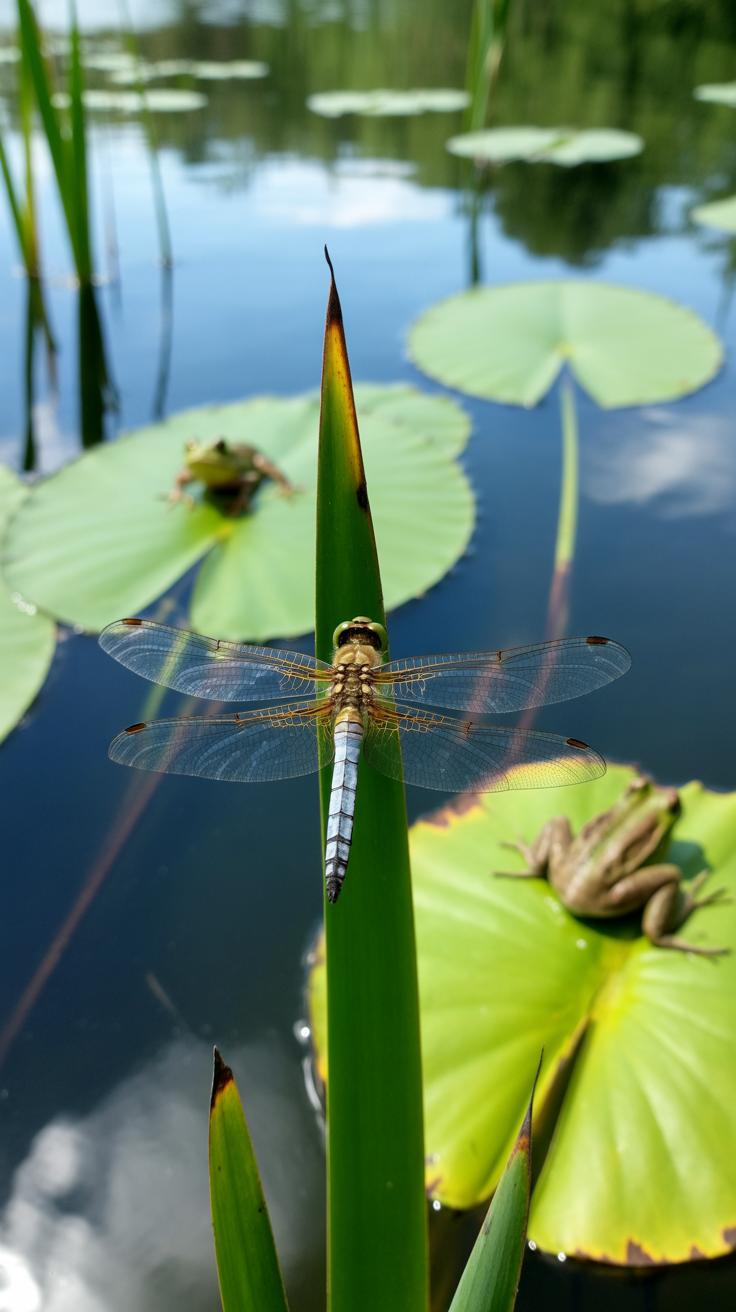
Creating a fish pond garden that welcomes frogs, birds, and insects adds life and interest to your space. But how do you invite these neighbors in without turning your pond into a maintenance nightmare? It’s a bit of a balancing act, really.
Start by thinking about shelter and food. Frogs like shallow edges where plants grow thickly, giving them hiding spots. Floating plants or lily pads offer shade and cover for insects too, which in turn attract birds hunting nearby. You could leave a small pile of stones or logs nearby to provide resting places and warmth for various critters.
Planting native flowers and shrubs around the pond gives insects nectar and birds something to munch on. Maybe leave an area with some tall grasses or reeds. These spots are perfect for nesting or laying eggs.
At the same time, you want your pond clean enough so fish and frogs thrive without too much algae or debris buildup. Regular skim-offs and gentle circulation help with that. But don’t be too strict with cleanliness—some natural leaf litter or twigs can be beneficial for microhabitats and pond insects. Sometimes I wonder if overly tidying the pond might push away the very creatures you hope to attract.
It’s okay to let things feel a little wild, as long as you keep an eye on water quality and fish health. Finding that middle ground is really where the joy of supporting wildlife lives.
Seasonal Care and Long Term Planning
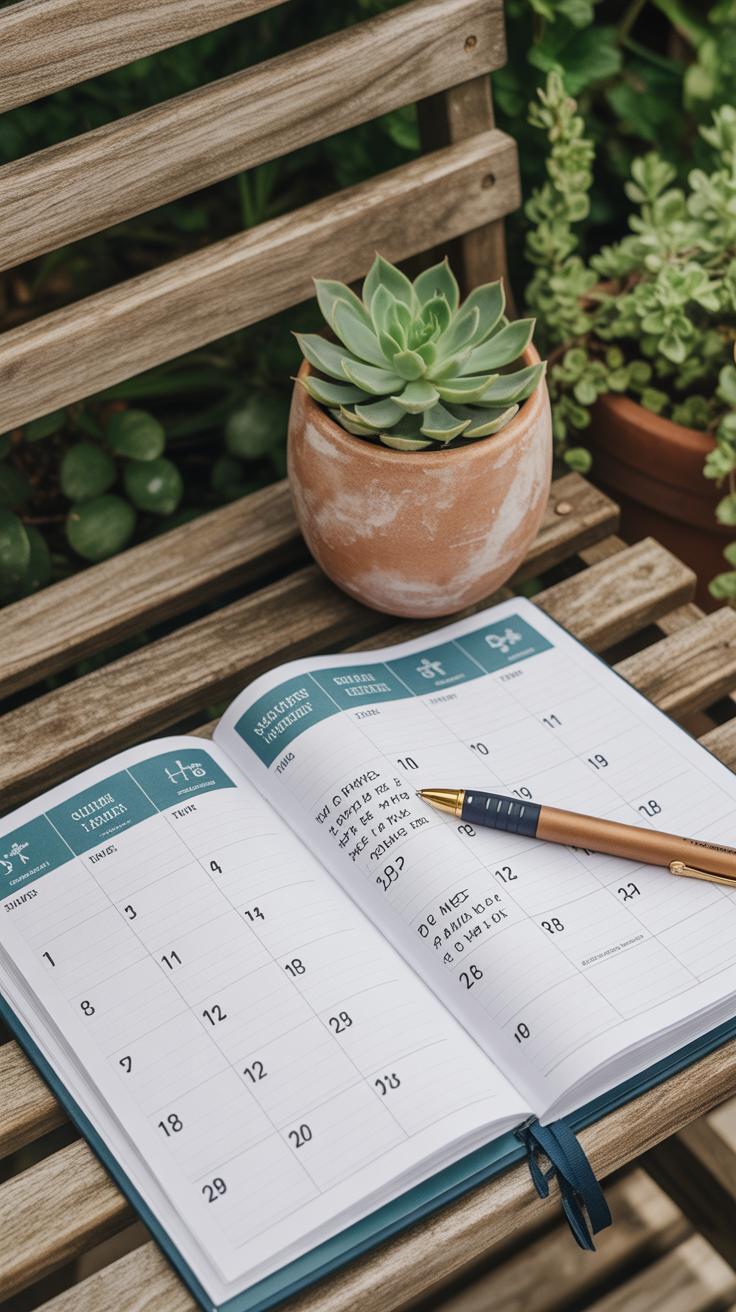
Adjusting Care Through the Year
Every season brings its own set of tasks for your fish pond garden. In spring, think about cleaning out debris and checking equipment after winter’s chill. This is when plants start growing vigorously, so trimming dead leaves helps them thrive. Fish become more active, and you might want to adjust feeding schedules cautiously as their metabolism increases.
Summer demands attention to water temperature and oxygen levels. Algae can quickly take over, so shading or aerating the pond becomes important. I’ve noticed that adding floating plants during this time gives both shelter and reduces algae problems.
Autumn means preparing for cooler days ahead. Leaves can smother the pond surface; regular netting helps here. Also, reducing feeding as fish prepare for dormancy lets their digestion slow naturally. Pump and filter maintenance now prevents issues later.
Winter can be tricky. Keeping a hole in the ice for gas exchange is key, and plants may need pruning or partial removal depending on their hardiness. Some equipment might require storage to protect from freezing damage.
Planning for a Sustainable Pond
Thinking beyond the immediate, your pond benefits from slow, thoughtful upgrades. Maybe adding a better filtration system or automated aerator seems tempting but does it suit your pond’s scale? You might want to expand plant zones gradually rather than all at once to keep balance.
Occasionally, it’s worth asking if your pond is supporting the life you want—fish, plants, or wildlife—and how future growth fits those goals. A larger pond isn’t always better; sometimes refining what you have works best. I found upgrading with energy-saving pumps reduced running costs over time.
Long-term, rough schedules for cleaning, plant management, and equipment checks can make the task feel less overwhelming. Changing habits slowly but consistently keeps the pond healthy and pleasant, even if life gets busy.
Conclusions
Building a fish pond garden is a rewarding project that connects you with nature. It brings life, color, and calm to your home environment. By planning carefully and caring for your pond, you create a space that grows more beautiful over time.
Whether you like the quiet sound of water or watching colorful fish swim, a pond garden offers joy for everyone. Start your design today and enjoy the benefits of a stunning aquatic garden right at home.


